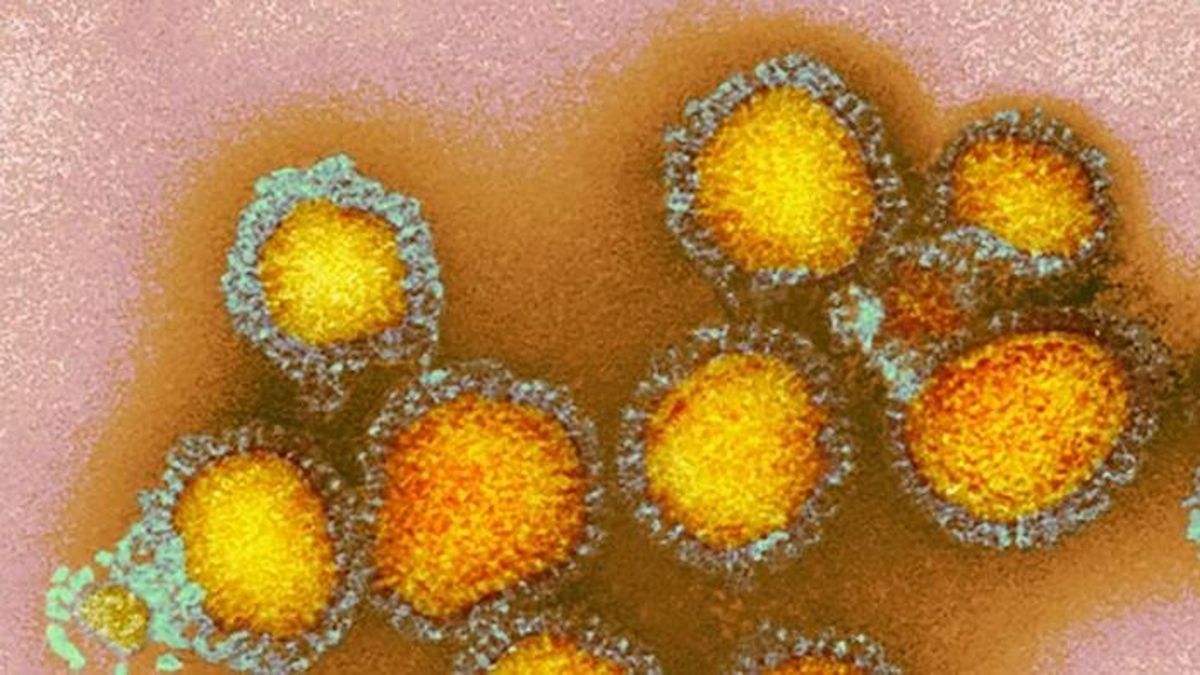A child in California is recovering from H5N1 bird flu after becoming the first kid in the Unites States to get infected with the virus, the U.S. Centers for Disease Control and Prevention (CDC) reports.
The source of the child’s infection is still unknown, but possible routes of exposure are being investigated by the California Department of Public Health (CDPH).
In a statement released Nov. 19, the department noted that the child had “no known contact with an infected animal” but that officials were looking into potential exposure to wild birds carrying the virus.
The CDC’s announcement, released Friday (Nov. 22), came two days before a voluntary raw-milk recall by the California-based dairy company Raw Farm. H5N1 can pass into the milk of infected cows, but the pasteurization process eliminates it. Raw milk, which is unpasteurized, may expose people to the germ, officials have warned.
However, there is no evidence that the California child’s infection was caused by raw milk.
Related: H5N1 bird flu is evolving to better infect mammals, CDC study suggests
With this latest case, the U.S. has detected 55 total human H5N1 bird flu infections this year, including 29 cases in California alone, according to the CDC. The agency added that there has been no evidence of person-to-person spread of the virus, and for now, the risk to the general public remains low.
H5N1 is a subtype of avian influenza, also known as bird flu. The virus is spread primarily by wild and domestic birds. However, it can also jump into mammals, including dairy cows and, in some cases, humans.
Since the start of this year, 616 dairy herds across the U.S. have been affected by a multistate outbreak of the virus. As a result, dairy workers and other people exposed to infected cattle have made up 32 of the 55 confirmed human cases of bird flu this year. A further 21 cases resulted from exposure to infected poultry, while just two cases have been reported with no known animal exposure.
Because wild animals can also carry the virus and spread it in their feces, it can be difficult to pinpoint the route of exposure outside of an agricultural setting.
According to the CDC, bird flu may have the following symptoms:
- Eye redness
- Fever
- Cough
- Sore throat
- Runny or stuffy nose
- Muscle and body aches
- Headaches
- Fatigue
- Shortness of breath
In the child’s case, they initially tested positive for low levels of the H5N1 virus. Several days later, their results came back negative for H5N1 but positive for other common respiratory viruses. The child’s symptoms were mild, similar to those seen with the other H5N1 cases reported in the U.S. so far. The CDPH also noted that many of the child’s flu-like symptoms could have resulted from their concurrent viral infections.
The CDPH noted that the child had been at day care in the days running up to their diagnosis. The department has been closely monitoring caregivers and families affiliated with the center to offer testing and preventive treatment. That said, Dr. Tomás Aragón, director of the CDPH and the state’s public health officer, emphasized that there is no reason to believe the child passed on their infection.
During the department’s investigation, all members of the child’s household also reported having potential symptoms of bird flu. However, testing confirmed that all were negative for H5N1, and some tested positive for the same common respiratory viruses as the child.
Amid the CDPH’s investigations, the department separately warned consumers about Raw Farm’s voluntary recall of a single batch of their cream-top, whole raw milk due to bits of bird flu virus being detected in a sample. However, the department added that no illnesses have been associated with the affected product.
“In response to this positive test from a retail milk product, CDFA followed up with testing at both of Raw Farm LLC’s locations — results were negative for the virus — and now will begin testing for bird flu twice per week,” the CDFA said in the statement.
Mark McAffee, CEO and founder of Raw Farm, told Live Science in an email that the CDPH had investigated whether there was any connection between raw milk and the latest bird flu case and found no evidence for such a link.
“Our cows and our milk [are] tested twice a week by CDFA [and they have been] all negative,” McAfee said.
The affected products have the lot code 20241109 and a “best by” date of Nov. 27 printed on the packaging. The CDPH has urged users to return any remaining product immediately.
The CDC warns that raw milk has an inherent risk of exposing people to germs responsible for serious foodborne illnesses. Children under 5 are particularly vulnerable to these illnesses, as are older adults, pregnant people, and people with weakened immune systems. The commercial milk supply is pasteurized for this reason.
This article is for informational purposes only and is not meant to offer medical advice.
Ever wonder why some people build muscle more easily than others or why freckles come out in the sun? Send us your questions about how the human body works to community@livescience.com with the subject line “Health Desk Q,” and you may see your question answered on the website!


